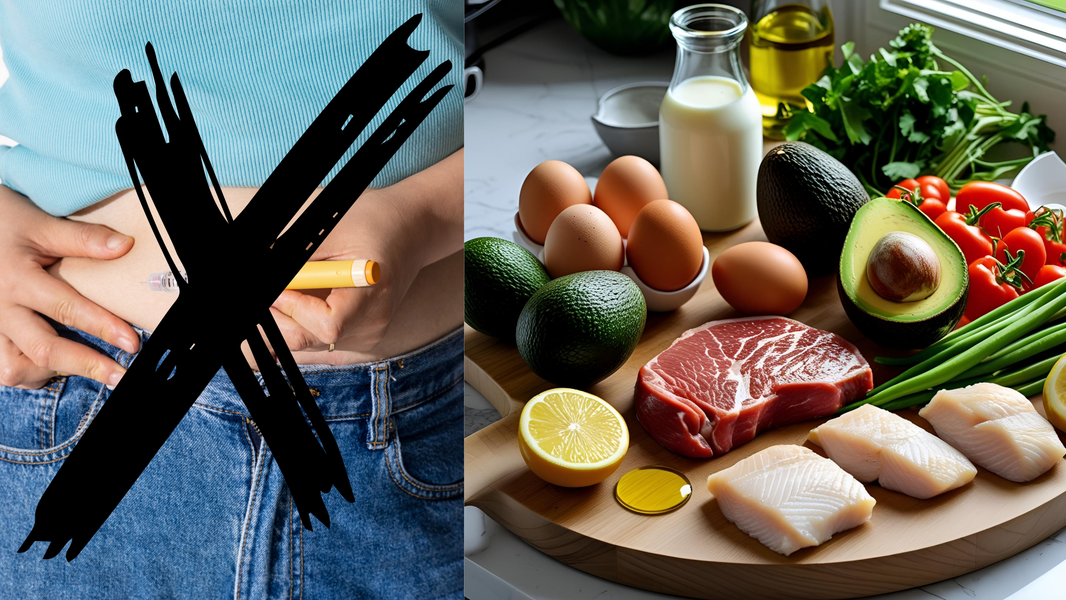What's the difference in glycemic index and glycemic load?
FAQ Glycemic Index vs. Glycemic Load
Glycemic Index and Glycemic Load are different measures of how specific foods affect your blood glucose (blood sugar). They both reflect how fast blood sugar responds to food, but there is some crucial difference between the two measures.
The glycemic index is a scale of 0 to 100 that ranks how quickly a food raises your blood sugar. The higher the food lands on the glycemic index, the more quickly it raises your blood sugar. For example, processed foods with refined sugar and flour, like white bread, cake, and candy, are high on the GI. Foods like whole grains, non-starchy vegetables, and fruit are usually lower on the GI.
GI is categorized as follows: Low GI: 55 or less Medium GI: 56–69 High GI: 70 or higher
Glycemic load accounts for the total amount of carbohydrates (sugar) per serving and measures how quickly and how high the blood sugar levels will rise after eating. Because glycemic load measures how high and how much your blood glucose will rise, it’s a better measure of a food's effect on blood sugar levels.
Glycemic Load can give you a better picture of how food affects your overall health. For example, many fruits have a high glycemic index but a low glycemic load.
GL is categorized as follows: High GL: 20 or higher Medium GL: 11–19 Low GL:10 or less Here is a GL reference list with many common foods based on their GL reference range (Atkinson, 2021).
Foods with a low GL of 10 or less include: Hummus Green peas Carrots Black beans Lentils Fruits (watermelon, apples, oranges, pears) Microwave popcorn Nonfat milk
Foods with an intermediate GL of 11–19 include: Some cereals, like Special K Rice cakes Reduced-fat yogurt with fruit Banana, ripe Dates, dried Pasta
Foods with a high GL of 20 or more include: Instant oatmeal White rice Raisins Macaroni and cheese (commercially made, like Kraft) Baked russet potato Sweet potato
Glycemic load illustrates that carbohydrates are not bad in and of themselves. Eating healthy carbohydrates like whole grains, legumes, fruits, and vegetables, is better for your health than the carbohydrates contained in processed foods (Reynolds, 2019).
Research shows that eating a low glycemic load diet, high in fiber and whole-grain foods, is considered beneficial for preventing cardiovascular disease, type 2 diabetes, and certain other chronic diseases(Jenkins, 2021).
Atkinson FS, Brand-Miller JC, Foster-Powell K, Buyken AE, Goletzke J. International tables of glycemic index and glycemic load values 2021: a systematic review. Am J Clin Nutr. 2021;114(5):1625-1632. doi:10.1093/ajcn/nqab233
Jenkins DJA, Dehghan M, Mente A, et al. Glycemic index, glycemic load, and cardiovascular disease and mortality. N Engl J Med. 2021;384(14):1312-1322. doi:10.1056/NEJMoa2007123
Reynolds A, Mann J, Cummings J, Winter N, Mete E, Te Morenga L. Carbohydrate quality and human health: a series of systematic reviews and meta-analyses. Lancet. 2019;393:434-45. doi:10.1016/S0140-6736(18)31809-9






